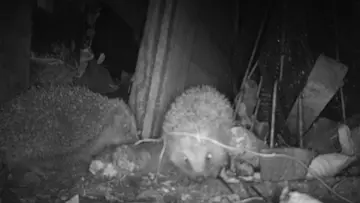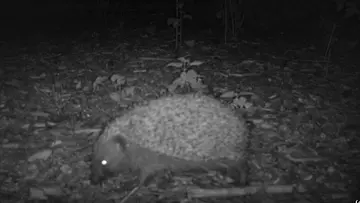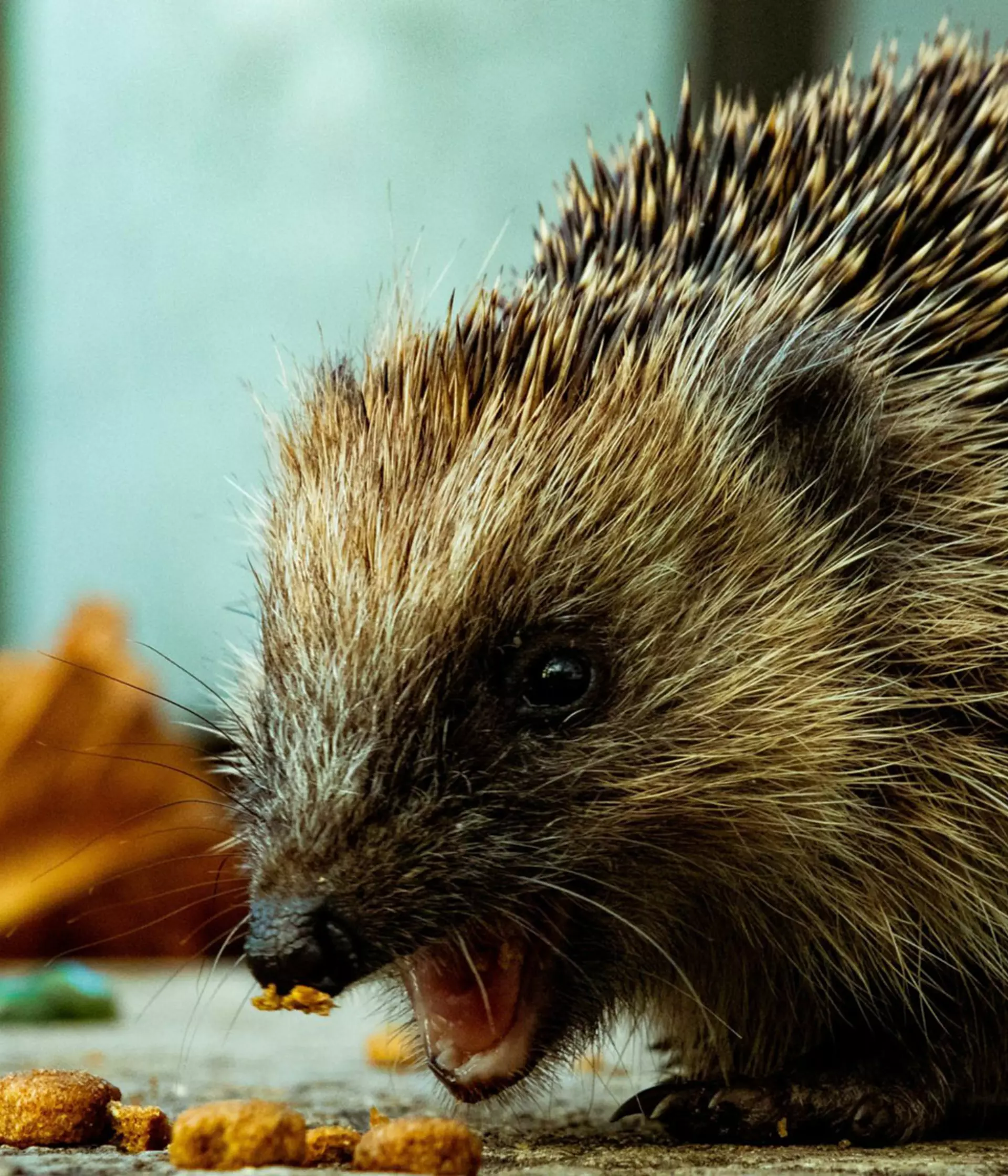
ZSL
Zoological Society of London
Citizen scientists contribute to ZSL-led study on London hedgehogs which reveals the prickly creatures' residential preferences.
Conservation scientists at ZSL have used data collected by the general public in Greater London to map out the best places for hedgehogs to live in the capital.
Due to loss of natural habitat, the west European hedgehog (Erinaceus europaeus), once common across the British Isles, is now vulnerable to extinction in the UK. Cities and towns are especially important for conservationists to consider in any action plans, hedgehogs are found in almost 73% of major cities located within the hedgehog’s range in Europe - a figure illustrated by the number of the small mammals living in England's capital.
Green spaces are crucial
The new study, which was published today in Mammal Review shows that public and private green spaces are key for urban hedgehogs, suggesting that the loss of connected wild spaces replaced with driveways, pavements and roads significantly lessens their chances of survival.
Lead author and PhD student at ZSL’s Institute of Zoology, Jessica Turner said: “To successfully protect and restore hedgehog numbers, it is important to understand where and how they use the built-up environment. We have been able to use the large amounts of data generated by citizen scientists to look at where hedgehogs may be found and identify key habitat features for them within the entire city. This also shows the value of using records reported through citizen science, as it would not have been possible without the public’s efforts to report their sightings of hedgehogs and other mammals in London.”
Mapping hedgehog sightings across the capital
Using the data of 3,012 hedgehog occurrence records collected by citizen scientists across 32 boroughs in Greater London, the team created a predictive map of suitable habitats across the capital.
The most suitable habitats were found to be in London’s suburbs, where there are lots of gardens, parks and allotments, and lower intensive daily use by people, such as on roads. However, some areas around the edges of London were likely to be less suitable, particularly around Heathrow Airport in the west, and agricultural sites in the southwest and north.

The results showed that more central areas of the capital that are built up, sectioned off and densely populated, are far less likely to have hedgehogs occurring. The presence of badgers (known predators and competitors in rural areas) is also associated with a reduced presence of hedgehogs in Greater London. It is known that connectivity between green spaces and availability of food and sites for nesting are important for hedgehogs. Roads for example, significantly obstruct movement between habitats, and are a major cause of death, with an estimated 167000 – 335000 hedgehogs killed by traffic annually in the UK.
The importance of London HogWatch
ZSL’s ‘London HogWatch’ programme aims to help halt hedgehog decline in London by understanding populations there to help local groups and councils to conserve the species. There are currently known to be hedgehog ‘hotspots’ in northeast London including in the Highgate in Hampstead area and others in the southwest around Barnes and Twickenham.
Co-author of the new study and coordinator of London HogWatch, Chris Carbone said: “We know that urban centres can provide important habitats for hedgehogs in the UK, but in London their distributions have declined substantially, and the remaining populations are becoming increasingly isolated.
“Through the London HogWatch project, we aim to identify hedgehog strongholds across the capital and use our surveys to inform hedgehog conservation efforts and ultimately work to increasing connections between populations. Hedgehogs need access to green spaces and holes in garden fences allows them the space to feed and thrive in urban neighbourhoods.”

Co-author and Head of Indicators and Assessment at ZSL, Robin Freeman said: “Understanding how we can co-exist with important species like the European Hedgehog is critical. As our populations increase and our cities expand, our impact on these species could be severe. It wonderful to see that there are habitats within our capital that allow these species to continue and understanding how to sustain this in the future is an important next step.”
The team worked closely with the People’s Trust for Endangered Species (PTES), Greenspace Information for Greater London, London Wildlife Trust, National Biodiversity Network and other partners to collect volunteer data.
ZSL is urging governments to put nature at the heart of policy-decision making, prioritise biodiversity loss, and recognise its interconnections with other environmental issues such as climate change. You can support ZSL global science and conservation work by donating :
Climate change and human activity have pushed our precious planet to its limit, causing the devastating loss of so many habitats and species. From lab to field, hands on and behind the scenes, we’re leading the future of conservation, shaping agendas and influencing change to support better life, health and living for people and wildlife.
